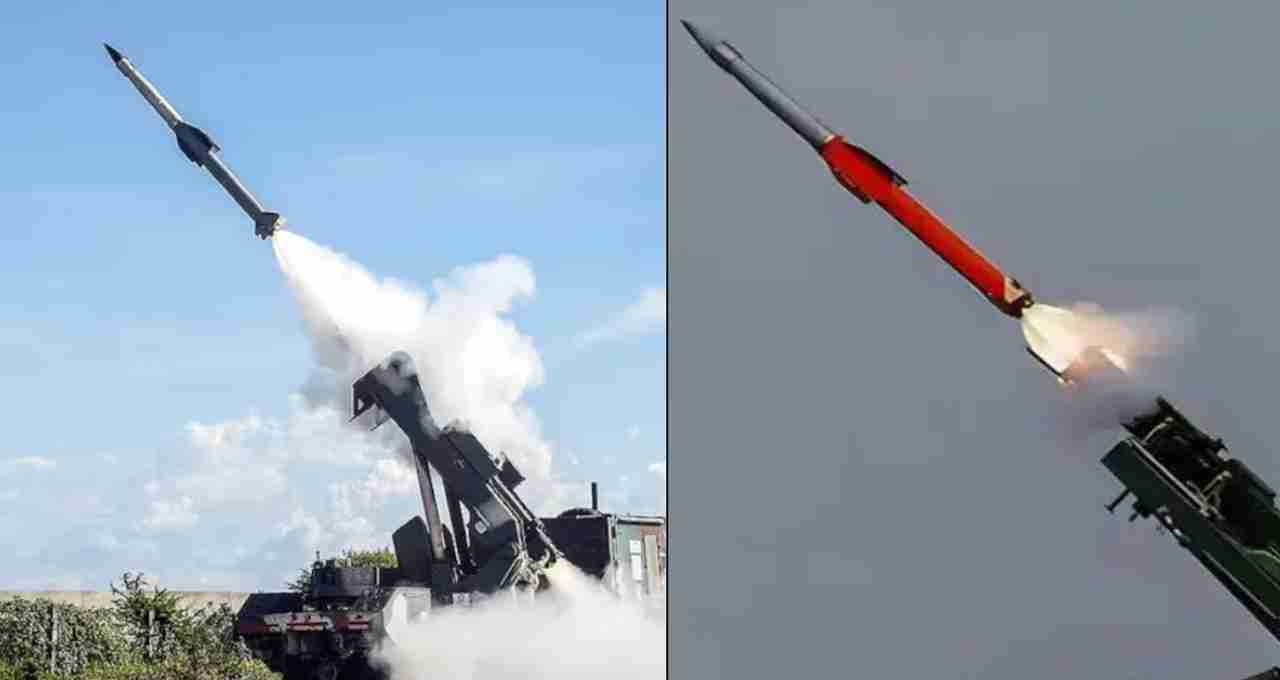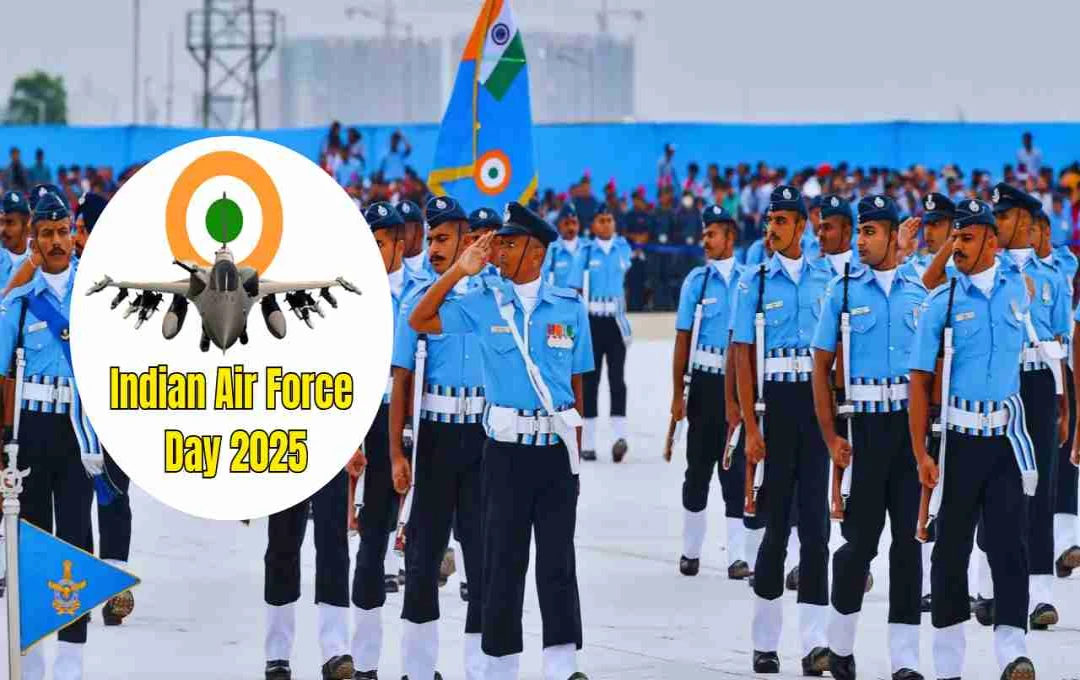The Ministry of Defence has approved 9 indigenous QRSAM missile regiments for the Indian Army. This deal, worth ₹36,000 crore, follows the success of Operation Sindoor, and will strengthen air defense capabilities.
QRSAM Missile System: The Ministry of Defence has approved 9 new regiments of the indigenous Quick Reaction Surface-to-Air Missile (QRSAM) system for the Indian Army. This is considered the largest indigenous defense deal to date, with an estimated cost of around ₹36,000 crore. The missile system included in this deal has been entirely developed in India. It has been designed by DRDO and will be manufactured by Bharat Dynamics Limited and Bharat Electronics Limited.
Approval Granted After the Success of Operation Sindoor
The decision was influenced by the crucial role played in Operation Sindoor against Pakistan in May 2025. The QRSAM system performed exceptionally well in this operation. It identified and responded to enemy drone and missile attacks in a very short time. Considering this, the system will now be deployed on the Pakistan and China borders to strengthen India's air defense.
What is QRSAM and Why is it Special?

QRSAM, or Quick Reaction Surface-to-Air Missile, is a short-range air defense system. It is specifically designed to operate with the Indian Army's armored and mechanized units. This means it will be deployed where army tanks and infantry move rapidly. Its biggest advantage is that it can instantly identify and shoot down enemy drones, fighter jets, and cruise missiles flying at low altitudes.
Key Features of QRSAM
- High Mobility: This system is based on an 8x8 Ashok Leyland high mobility truck, allowing it to quickly change position. During war, it can be deployed rapidly in any direction.
- Search on Move: QRSAM is capable of identifying enemy targets while in motion. It does not depend on a stationary position.
- Fire on Short Halt: It can attack the enemy after stopping for only a few seconds at any location. Its deployment does not take much time.
- 360-degree Coverage: This system has two advanced AESA radars - Battery Surveillance Radar (BSR) and Battery Multifunction Radar (BMFR). Together, they can identify threats coming from any direction up to a distance of 120 kilometers.
- Multi-Target Engagement: QRSAM can track and target 6 targets simultaneously. This is a very useful feature in modern warfare where the enemy can send multiple drones or missiles at once.
- All-Weather Operation: This system is capable of operating in all weather conditions and at all times. Whether it's day or night, it does not affect its capability.
- Range and Altitude: QRSAM has a range of 25 to 30 kilometers and an altitude of up to 10 kilometers. It is the best option for close-range air attacks.
- Canister-Based System: Its missiles are kept in special containers, which increases their lifespan and allows for immediate launch.
- Fully Indigenous: This system has been designed and developed in India, which is a big step towards the goal of self-reliant India.
Where will it be deployed?
The government plans to deploy this system in areas on India's borders where security needs are the highest.

- Western Border (Pakistan Border): Areas like Punjab, Rajasthan, and the Jammu sector, where the army's armored units move more.
- Northern Border (China Border): High-altitude areas like Ladakh and Arunachal Pradesh, where China may deploy its drones and stealth fighters.
Air Force Bases and Important Military Assets: The deployment of QRSAM to protect Air Force bases will prevent attacks like surgical strikes.
Strategic Utility of QRSAM
India already has long-range defense systems like S-400 and MRSAM. But a short-range system like QRSAM acts as the last line of defense. It becomes an essential part of multi-layer air defense. In a war situation, when the enemy attacks very closely, a system like QRSAM becomes the final shield.
How QRSAM Performed in Operation Sindoor
During Operation Sindoor in May 2025, Pakistan used low-flying drones, loitering munitions, and small cruise missiles. The aim of these weapons was to hit the target while avoiding radar. But QRSAM immediately identified all these low-level threats and launched a counterattack. Its accuracy and speed proved how useful this system is for the Indian Army.















